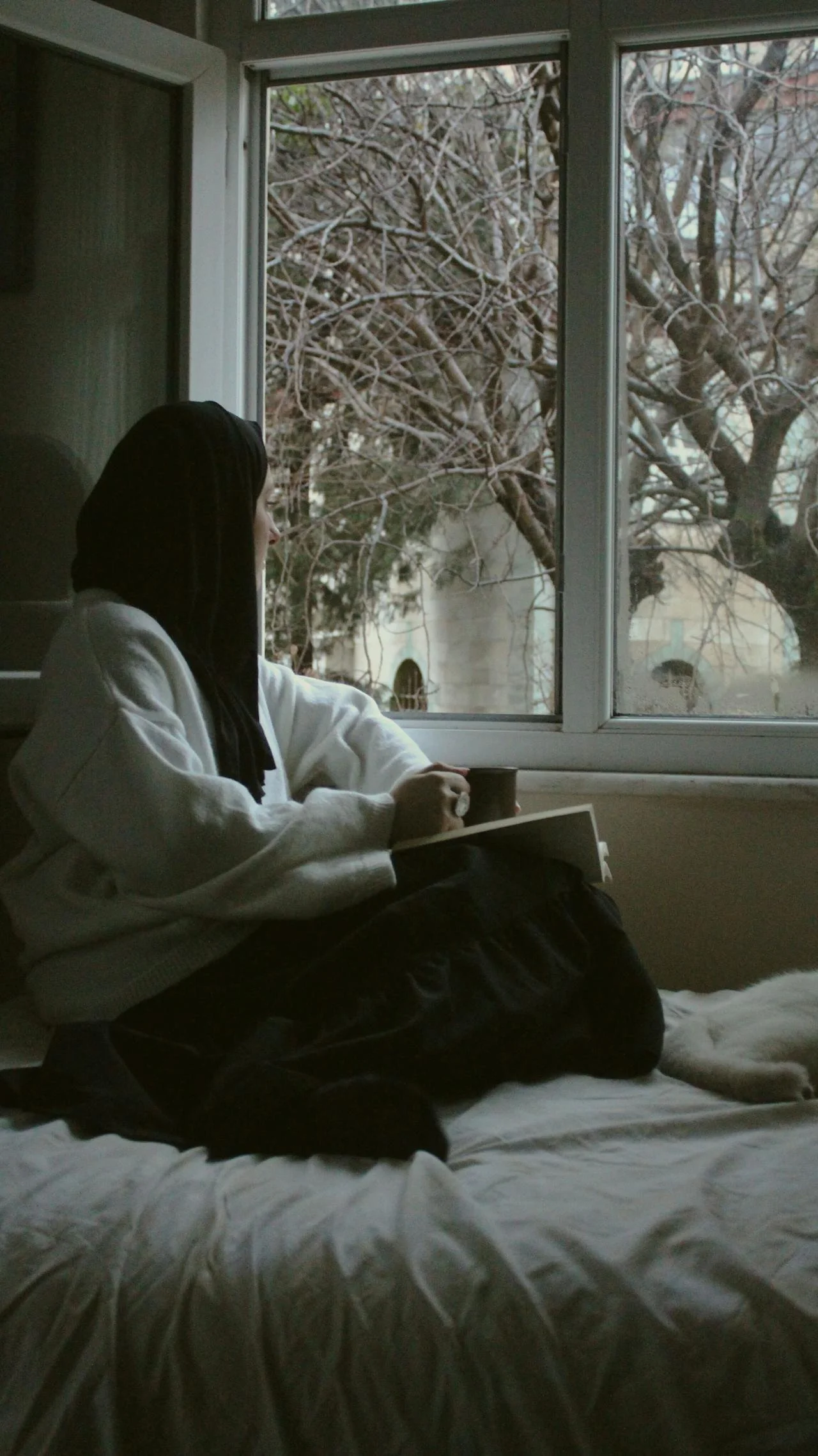Understanding Seasonal Affective Disorder (SAD) Before Winter Hits
As the leaves change and the days grow shorter, many of us in Washington state, throughout the Pacific Northwest, and even right here in Kirkland, WA notice a shift in our mood. It’s not just the chill in the air or the extra layers we pile on - it’s something deeper. While it’s normal to feel a little slower or crave more rest during the darker months, for some, this seasonal shift brings a wave of sadness, fatigue, and loss of motivation that feels impossible to shake.
This isn’t about “just the winter blues.” What you may be experiencing is Seasonal Affective Disorder (SAD) - a real, diagnosable mental health condition that affects millions of people every year. And if you’re already balancing stress, burnout, or healing from trauma, the weight of SAD can feel even heavier.
The good news? You don’t have to wait until the darkest days hit to prepare. By understanding why SAD happens, learning strategies to protect your emotional balance, and reaching out for support, you can step into winter with more steadiness and strength.
Why Some People Experience SAD
So, why do some people experience SAD symptoms while others seem to breeze through the winter? A big piece of the puzzle is light.
When we get less sunlight, especially in northern regions like the Pacific Northwest, it disrupts our body’s circadian rhythm - the natural internal clock that regulates sleep, mood, and energy levels. Reduced daylight also affects brain chemistry:
Serotonin: Known as the “feel-good” neurotransmitter, serotonin levels can drop without enough sunlight, contributing to low mood and winter depression.
Melatonin: This hormone, which regulates sleep, tends to increase in darker months, leaving us feeling sluggish, foggy, or like we could nap all day.
Beyond biology, genetic and environmental factors play a role. If you have a family history of depression or anxiety, you may be more sensitive to seasonal changes. And let’s be real - living in a place like Seattle or Kirkland, where gray skies linger for months, naturally increases the likelihood of experiencing SAD.
For women, femme-identifying, and BIPOC professionals already carrying the weight of systemic stressors, microaggressions, or workplace burnout, seasonal depression doesn’t come in isolation. It stacks on top of what’s already there - making emotional balance harder to maintain.
Coping Strategies for Emotional Balance
The first step is recognition - acknowledging that your mood changes in the fall and winter isn’t about weakness or lack of resilience. It’s your body and brain responding to a very real seasonal shift.
Here are some practical strategies to help you maintain emotional balance:
1. Prioritize Light Exposure
Make the most of daylight by getting outside in the morning, even if it’s just for a short walk.
Consider a light therapy lamp, designed to mimic natural sunlight and regulate your circadian rhythm.
2. Move Your Body with Compassion
Exercise isn’t about punishment or “pushing through.” Gentle, consistent movement (like yoga, dance, walking, or stretching) can boost serotonin and help regulate mood.
3. Nourish with Intention
What you eat impacts how you feel. Aim for balanced meals rich in whole foods, omega-3s (like salmon or walnuts), and vitamin D. Supplements may also help - especially since many people in the Pacific Northwest are vitamin D deficient.
4. Keep a Gentle Routine
When the urge to hibernate kicks in, having a consistent daily rhythm helps. Try setting regular sleep and wake times, meal times, and intentional breaks from work.
5. Create Warmth and Connection
Make your space cozy: light candles, use warm blankets, or add pops of color to brighten your environment.
Stay connected: reach out to friends, schedule check-ins, or join a supportive group to remind yourself you’re not alone.
6. Practice Mindful Self-Compassion
Notice self-critical thoughts and gently replace them with kinder ones. Remind yourself:
💭“I’m not lazy, I’m navigating a season that impacts my body and mind.”
These strategies won’t erase SAD, but they can soften its impact and give you tools to stay grounded.
How Therapy Supports Seasonal Challenges
While self-care practices help, therapy offers a deeper layer of support. Therapy for seasonal shifts isn’t about “fixing” you. It’s about giving you space to notice patterns, unpack stressors, and strengthen your ability to cope.
Here’s how therapy can help if you’re struggling with winter depression or SAD symptoms:
Identifying Patterns: Together, we explore how seasonal changes impact your energy, mood, and relationships so you can catch the signs earlier next time.
Building Coping Tools: Therapy provides tailored strategies - whether that’s grounding techniques, stress-reduction practices, or new ways of relating to difficult emotions.
Addressing Deeper Roots: For many, SAD overlaps with past trauma, chronic stress, or cultural pressures. Therapy creates a safe place to explore those deeper layers while staying anchored in the present.
Creating a Plan: We build a seasonal plan together so you have strategies ready before symptoms peak. Think of it as creating a personalized roadmap for emotional balance.
Many women and BIPOC professionals I work with feel relief simply from realizing they’re not alone in this experience. Naming it, understanding it, and taking proactive steps is powerful.
Don’t Wait Until Winter Feels Overwhelming
Winter doesn’t have to mean bracing yourself for months of overwhelm, fatigue, or sadness. Seasonal Affective Disorder is real, but it’s also manageable.
If you’ve noticed SAD symptoms before or are already feeling the early signs creeping in, now is the time to take action - before the season is in full swing. Therapy can help you prepare, build resilience, and approach winter with more clarity and peace.
Have you noticed a pattern - each fall and winter bringing a heaviness that disrupts your energy, mood, or relationships?
Are you in Kirkland, Seattle, or in WA State had have been struggling with SAD symptoms or winter depression? Wondering if therapy for seasonal shifts could help you feel more grounded this year?
Let’s work together to uncover what’s weighing you down, build tools to restore your emotional balance, and create lasting change - gently and with care.
About the author
Angelica De Anda is a Licensed Mental Health Counselor and EMDR Certified therapist based in Washington State. Offering virtual therapy and in-person EMDR extended and EMDR intensives for individuals ready to move through trauma, burnout, and stress with deeper, faster results. Her work is grounded in cultural humility, compassion, and a belief in each client’s capacity to heal.



